Reply To:
Name - Reply Comment
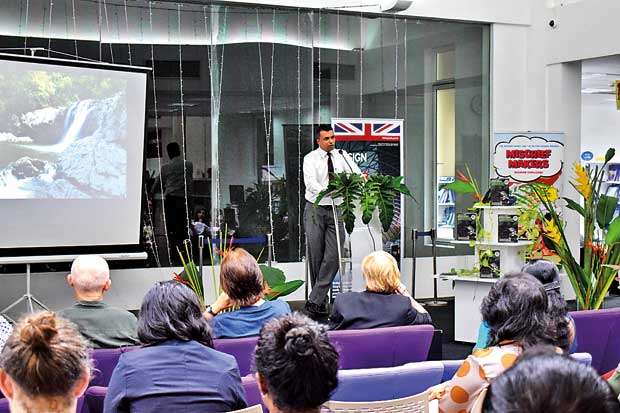
 The Environmental Foundation (Guarantee) Limited (EFL) launched its book ‘Review of the Southern Border of Sinharaja; Contemporary needs against conservation’ on December 7 at The British Council, in Colombo 03.
The Environmental Foundation (Guarantee) Limited (EFL) launched its book ‘Review of the Southern Border of Sinharaja; Contemporary needs against conservation’ on December 7 at The British Council, in Colombo 03.
The book elaborates on a study conducted to assess the present status of Sinharaja, the shortcomings in conserving it and ongoing preservation measures including utilising Sustainable Forest Management as a means of addressing the underlying threats posed to the Southern border of Sinharaja.
EFL Chairperson Dr. Eric Wickramanayake set the tone for the evening by presenting an informative outlook on the present degree of climate change and its relevance to Sri Lanka. By discussing scientific information and statistics, he emphasised the importance of forest conservation as a force against climate change; especially at a time when extreme weathering has manifested itself to be more frequent than ever in the form of severe storms, droughts, both too much and too little water etc.
The principal author Hafsa Hudha officially launched the book by revealing the inspiration, the process and the purpose behind the publication
He spoke on the local and international promises and pledges made at the 2015 Paris Climate Agreement and how most fell far short of success.
He was unhesitant in stating that, “Conflict, starvation, disease and death – that’s the stark reality.” Furthermore, awareness was raised on how to combat this crisis and how forest conservation is imperative to this defence. He explained how by preserving our eco-systems; our forestry, we protect endemic species of flora and fauna, conserve water towers which sustain our water sources, support water sheds which facilitate water provision and in the long run, ensure our own survival and our country’s future.
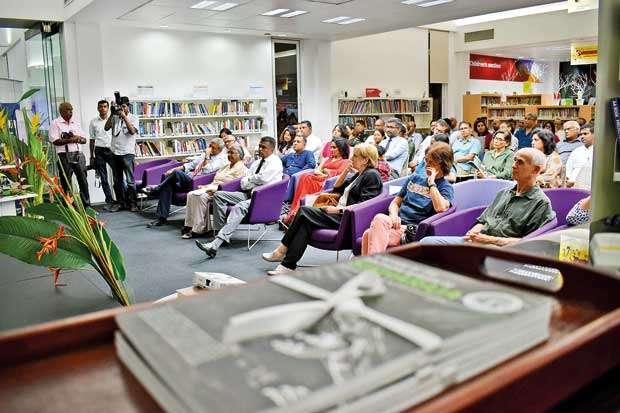
Dr. Wickramnayake assessed Sri Lanka being ranked second in the recent 2019 Global Climate Risk Index as a glimpse into the future. “It’s happening in Sri Lanka, It’s happening now,” he said with regard to the global process of climate degradation. Organisations like the World Bank and the United Nations who fund billions toward the cause understand the issue, he explained, but as locals we fail to see that even from a business and political perspective, funding nature preservation is a fruitful investment and that it only makes sense to “protect what we already have.”
Having laid the context for the publication, Dr. Eric Wickramanayake referred to the contents of the book. Sinharaja, despite being a national and world wildlife heritage site is under rising legal threats, and in response the book examines its present conservation policies, laws and the gaps, to save Sri Lanka from these threats.
Representing the Department of Forest Conservation which played a role in providing data for the publication, Conservator General of Forests, Anura Sathurusinghe spoke on the actions taken and to be taken toward forest conservation.
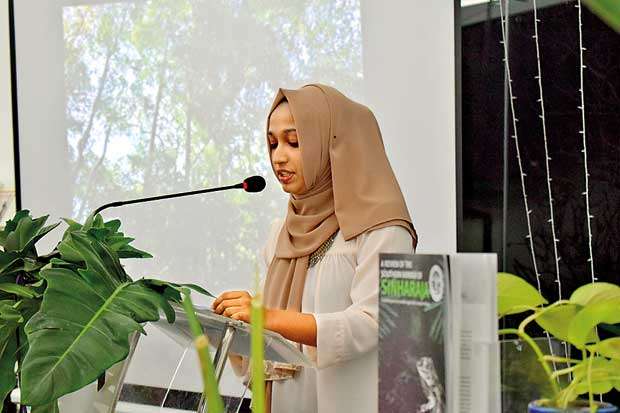
“Our effort is to increase the forest cover of this country from the existing 29.7% to 32% by 2030.”
He stated that the relevant authorities plan to utilise the grant given by the British Government through the World Bank to achieve these targets systematically from next year onwards.
The principal author Hafsa Hudha then officially launched the book by revealing the inspiration, the process and the purpose behind it. She provided a chaptered summary of the publication and the essentiality of their cause. She concluded with the message, “The care we cultivate into the universe will sprout to take care of us tomorrow.”
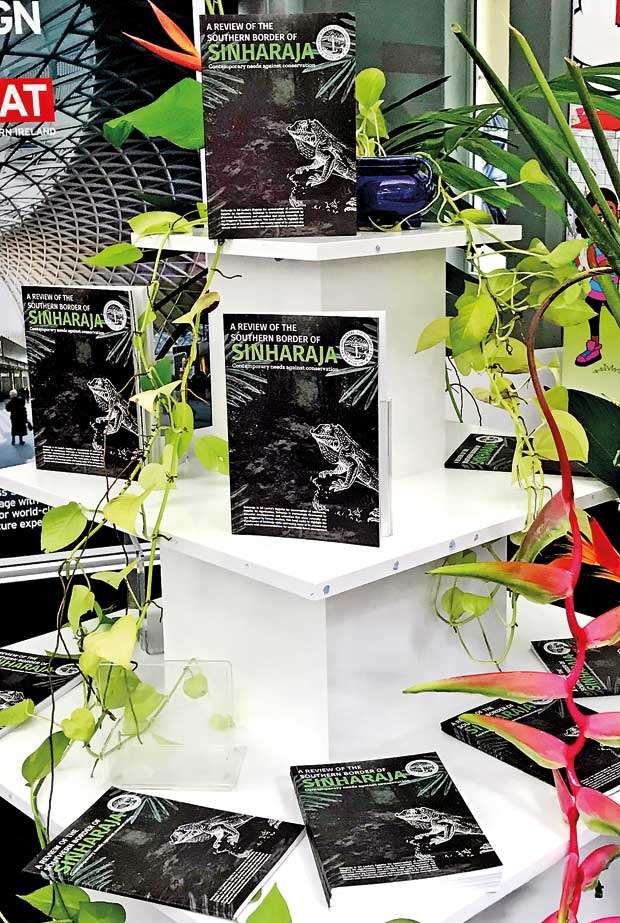
The final speaker of the day was Emeritus Prof. Savitri Gunatilleke of the University of Peradeniya. She provided fascinating insight regarding the indigenous species of plantation that have called the Sinharaja its home for long decades and how these have defined the lives of villagers settled at the borders of the forest. She expressed regret about the unfortunate loss of traditional knowledge regarding the Sinharaja among the locals. She added to the concern by explaining that “the buffer zone should not only be a physical barrier to the core area of the forest, but also a zone where the indigenous knowledge of the locals can be conserved for posterity while bringing the utility species of the natural forest into cultivation.”
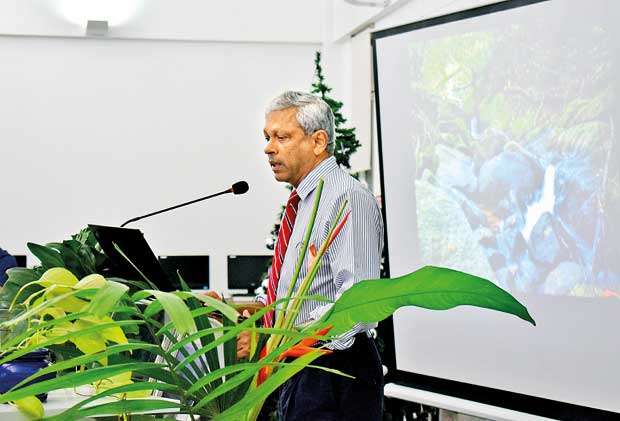
Organisations like the World Bank and the United Nations who fund billions toward the cause understand the issue
-Dr. Eric Wickramanayake
At the conclusion of the evening’s proceedings, the gathering was invited to purchase the book and support the local, or rather global cause the ELF was representing.